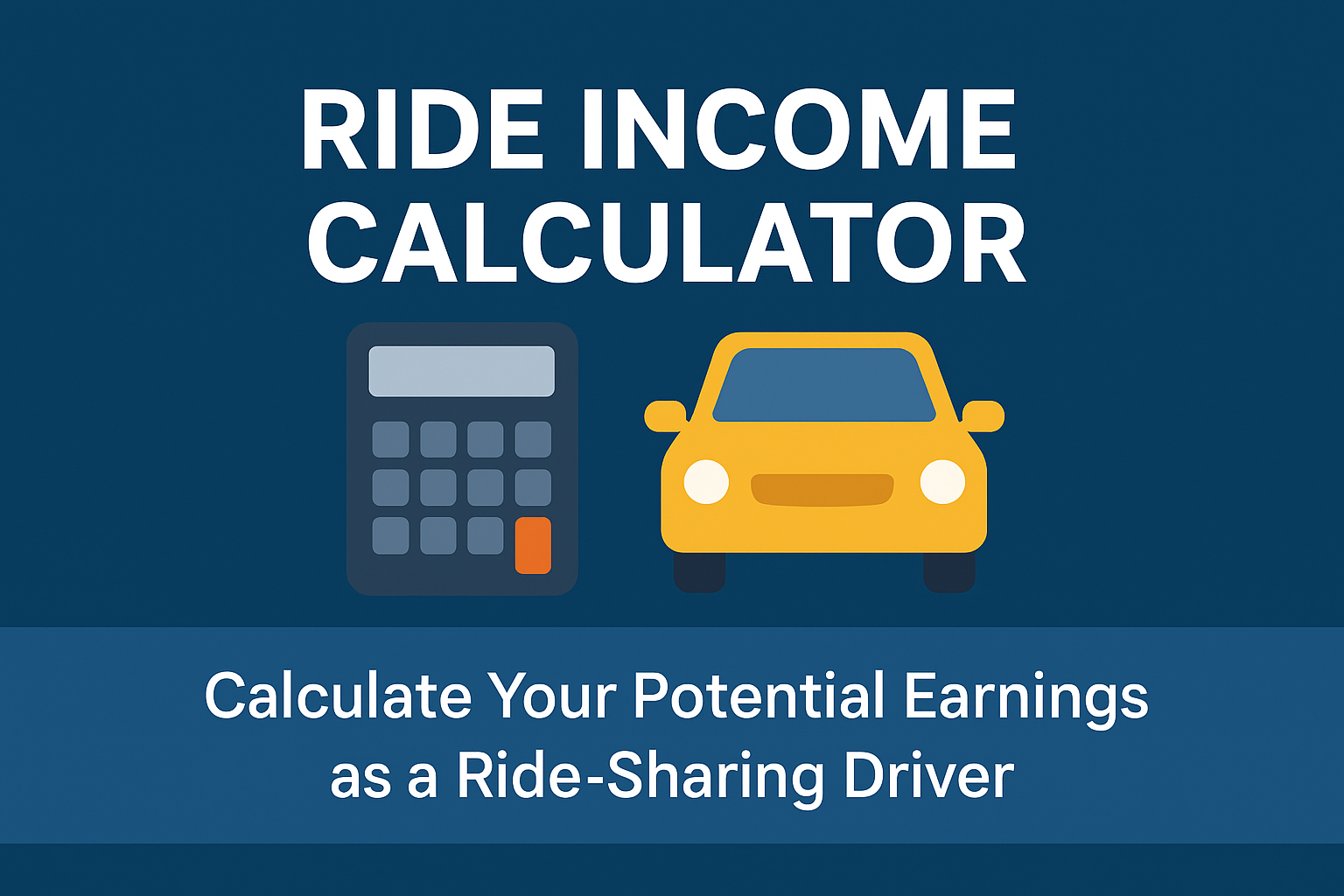Whether you’re driving for Uber or Lyft in Ontario, the question isn’t just how much you earn—it’s how much you keep. Full-time drivers rack up more rides and bonuses, but they also face higher expenses and burnout. Part-time drivers enjoy flexibility and lower costs, but may miss out on peak incentives. Let’s break down the trade-offs.
💰 Gross Earnings Comparison
| Driver Type | Avg Weekly Hours | Avg Gross/Week | Avg Gross/Hour |
|---|---|---|---|
| Full-Time | 40–60 hrs | $900–$1,400 | $22–$26 |
| Part-Time | 10–25 hrs | $250–$600 | $24–$28 |
Part-time drivers often earn more per hour by cherry-picking peak times and avoiding downtime.
🧾 Expense Breakdown
- Full-Time Drivers:
- Higher fuel costs ($100–$200/week)
- Accelerated maintenance (oil changes every 6–8 weeks, tire/brake wear)
- Greater depreciation (20,000+ km/year)
- Rideshare insurance premiums ($250–$350/month)
- Part-Time Drivers:
- Lower fuel and maintenance costs
- Less wear on vehicle
- Easier to manage insurance and tax deductions
Net income per hour often favors part-time drivers, especially those with fuel-efficient vehicles and tight expense tracking.
🧠 Strategic Considerations
- Full-Time Driving:
- Best for maximizing bonuses and platform incentives
- Requires disciplined tracking and vehicle upkeep
- Risk of burnout and diminishing returns
- Part-Time Driving:
- Ideal for supplementing income or testing the waters
- Easier to balance with other work or family commitments
- Lower financial risk and more flexibility
📝 Final Verdict
If your goal is maximum flexibility and higher net return per hour, part-time driving wins

